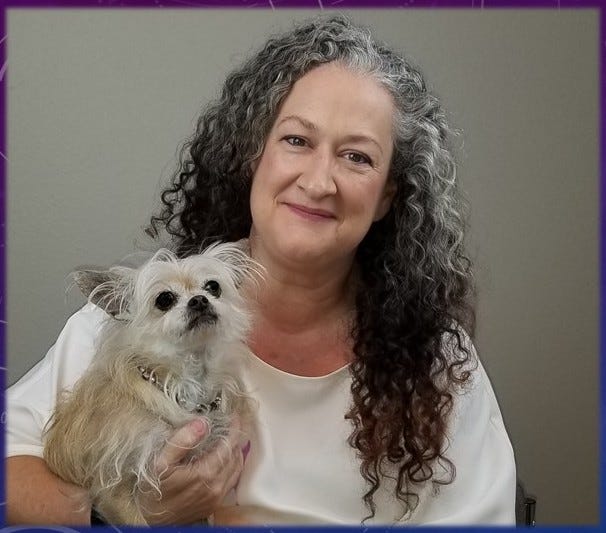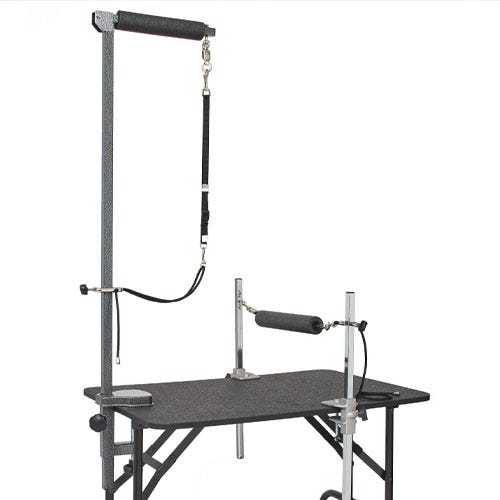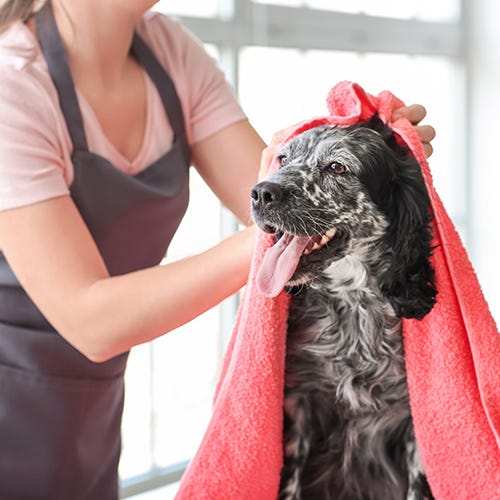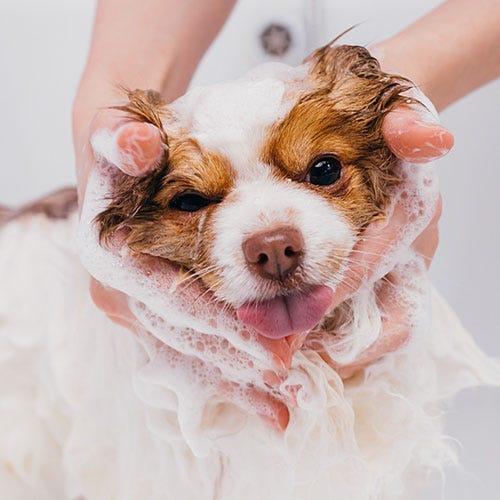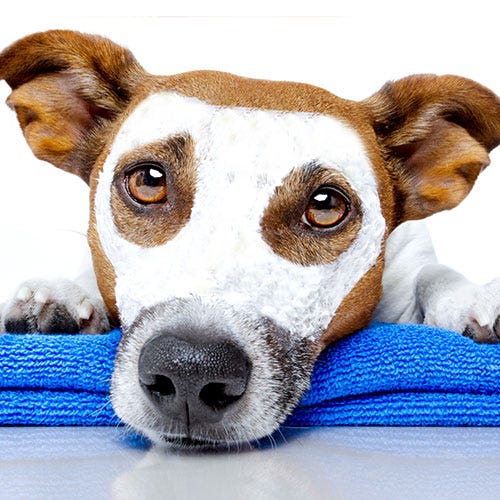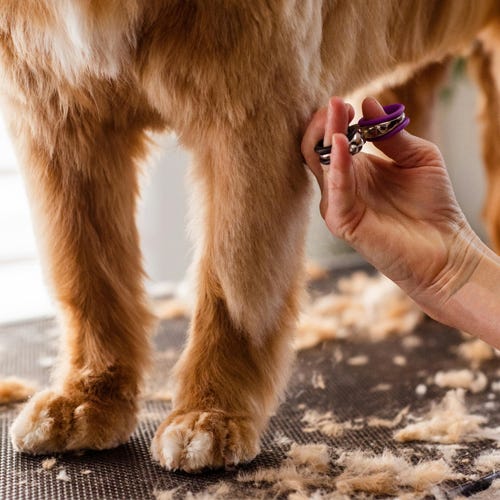I receive many questions about the different types of masks that can be used in the therapeuticprocess. Masks in general should be used as the first step in any skin regimen, while masks are not needed every time you bathe a pet, they can provide relief from dryness, lifting toxins from the skin and coat, or neutralizing the pH of the skin in preparation for a medicated shampoo. The skin is constantly trying to achieve homeostasis, or balance, between the flora and fauna that naturally occur on the skin, and the mineral and oil distribution that keep the skin supple and healthy in order to maintain a proper barrier.
There are logical reasons to use a mask and also reasons to discontinue using one within a therapeutic regimen. When a pet is dry, the hair is dull and brittle, the use of a mask can greatly reduce itching, and help hydrate the fur or hair until the skin recovers and is able to generate natural oils on its own. A conditioning mask can also be used to aid in the removal of dead hair in the coat as part of a de-shedding technique. Conditioning masks do not contain clay.
The use of clay in a mask is for removing toxins and bringing embedded dirt and oils to the surface, where they can be washed away in the shampoo step. I normally use a 4-week regimen, which is the average healthy cell life cycle plus a week. Unless the pet is terribly compromised, the clay should only be used for the first and maybe the second time, as continual use of a claywill damage the ability of the pet to generate a healthy mantle, which is made up of oils, minerals, and vitamins. The goal of the clay mask is to “pull” the toxins away so that the skin can recover this mantle.
When creating your therapeutic skin treatments for your pets, use clay and conditioning products thoughtfully to help restore the skin and coat to beauty and health.

